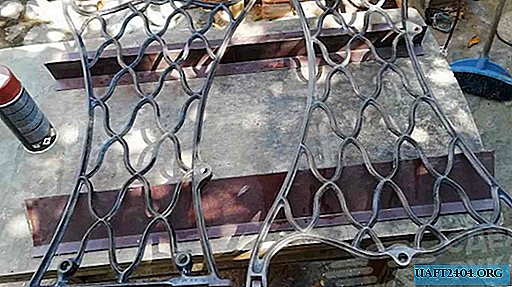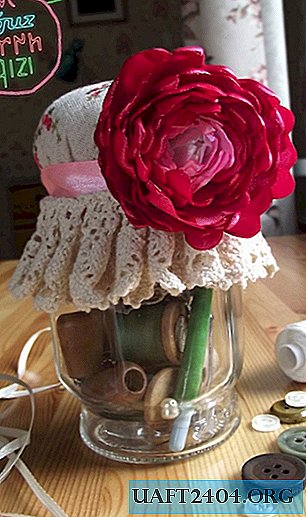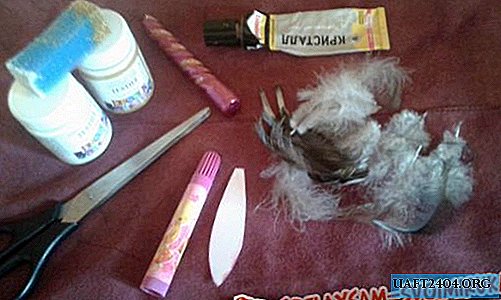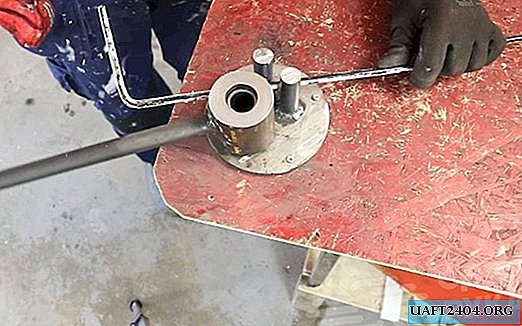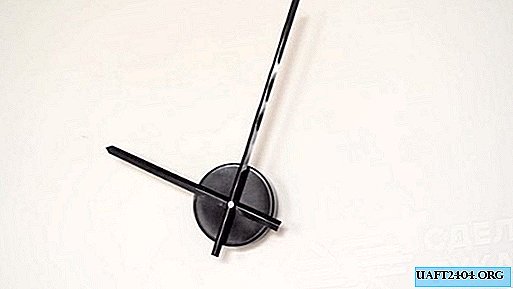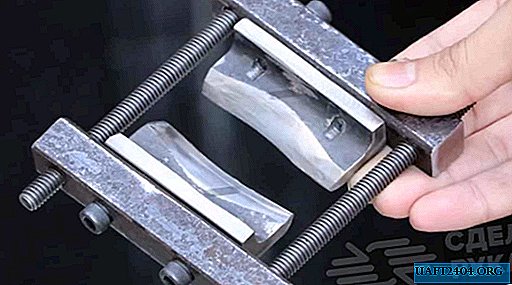Share
Pin
Tweet
Send
Share
Send
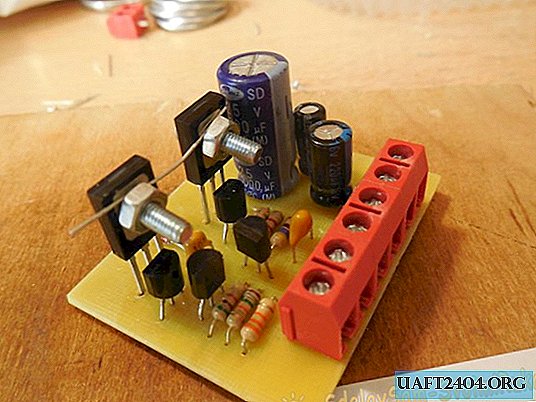
Transistor amplifiers, despite the emergence of more modern microcircuits, have not lost their relevance. Sometimes it’s not so easy to get a microcircuit, but transistors can be removed from almost any electronic device, which is why avid radio amateurs sometimes accumulate mountains of these parts. In order to find application for them, I propose to the assembly an unpretentious transistor power amplifier, the assembly of which will be mastered even by a beginner.
Scheme

The circuit consists of 6 transistors and can develop power up to 3 watts with a voltage of 12 volts. This power is enough to sound a small room or workplace. Transistors T5 and T6 on the circuit form an output stage, in their place you can put the widespread domestic counterparts KT814 and KT815. The capacitor C4, which is connected to the collectors of the output transistors, separates the constant component of the signal at the output, which is why this amplifier can be used without a speaker protection board. Even if the amplifier fails during operation and a constant voltage appears at the output, it will not go further than this capacitor and the speakers will remain intact. A separation capacitor C1 at the input is better to use a film, but if this is not at hand, a ceramic one is also suitable. The analogs of the diodes D1 and D2 in this circuit are 1N4007 or domestic KD522. The speaker can be used with a resistance of 4-16 Ohms, the lower its resistance, the more power the circuit will develop.
usilitel-zvuka-na-tranzistorah.zip 49.58 Kb (downloads: 588)

Amplifier assembly
A circuit is assembled on a printed circuit board with dimensions of 50x40 mm, a picture in the Sprint-Layout format is attached to the article. The printed circuit board must be mirrored when printing. After etching and removing toner from the board, holes are drilled, it is best to use a drill of 0.8 - 1 mm, and for holes for output transistors and a terminal block of 1.2 mm.

After drilling holes, it is desirable to tin all the tracks, thereby reducing their resistance and protecting the copper from oxidation. Then small parts are soldered in - resistors, diodes, after which the output transistors, terminal block, capacitors. According to the scheme, the collectors of the output transistors must be connected, on this board this connection occurs by closing the "backs" of the transistors with a wire or a radiator, if used. The radiator must be installed if the circuit is loaded on the speaker with a resistance of 4 Ohms, or if a high-volume signal is supplied to the input. In other cases, the output transistors almost do not heat up and do not require additional cooling.


After assembly, it is necessary to wash off the flux residues from the tracks, check the board for assembly errors or short circuits between adjacent tracks.
Amplifier tuning and testing
After assembly is complete, power can be supplied to the amplifier board. An ammeter must be included in the gap of one of the supply wires to control the current consumption. We supply power and look at the ammeter readings, without supplying a signal to the input, the amplifier should consume about 15-20 mA. The quiescent current is set by the resistor R6, to increase it, you need to reduce the resistance of this resistor. It is not necessary to raise the quiescent current too much, because heat generation at the output transistors will increase. If the quiescent current is normal, you can apply a signal, for example, music from a computer, phone or player, connect a speaker to the output, and start listening. Although the amplifier is simple to perform, it provides a very acceptable sound quality. To play simultaneously two channels, left and right, the circuit needs to be assembled twice. Please note that if the signal source is far from the board, you need to connect it with a shielded wire, otherwise interference and interference can not be avoided. Thus, this amplifier turned out to be completely universal due to its low current consumption and compact board size. It can be used both as a part of computer speakers, and when creating a small stationary music center. Successful assembly.


Share
Pin
Tweet
Send
Share
Send

